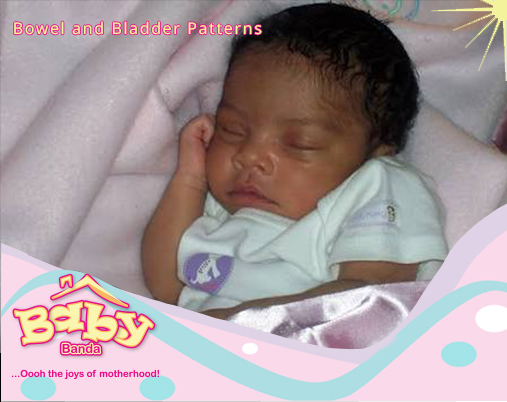Congratulations on your bundle of joy. You must have felt like the last trimester had a million days! Now, once you bring your blessing home, you have to monitor crucial areas like the baby pee and poop pattern.
The colors, texture, and consistency show how healthy your baby is. So, know what to expect after birth to avoid unnecessary panicking.

Day 1 to 6
- In the first two days after birth, newborn poop is known as meconium. It contains the things the baby fed on in the uterus. It’s sticky, dark, and almost odorless. If the child had ingested some amniotic fluid, the color might be dark green.
- As the child feeds, the milk clears the meconium from the intestines.
- Day 4, poop changes to a brownish/yellow-green color. Color intensity varies between breastfed and formula-fed children. However, if you doubt what you see, call the doctor.
- At this stage, your baby should wet 6-8 diapers a day if he’s getting enough fluid. The urine is odorless and slightly yellow. You might also notice some pinkish things in the urine known as urate crystals. That’s normal but go to the hospital if you see blood.
Day 6 to week 6
- Your baby might poop 3-10 times a day. Some do so four times a week, which’s okay since breast milk doesn’t have solids. There should be enough urine, though, and a fair amount of poop when the time comes.
- If you breastfeed, the stool will be soft, yellow, and looking like seeds. It’s not easy to distinguish between the standard and diarrhea, so when in doubt, ask.
- However, the formula-fed will have fewer bowel movements. Also, the color will be greenish or beige.
- Breastfed babies pass loose stool while those who use formula have firm, well-formed feces.
- All babies pee a lot in this period; hence if the baby is not passing urine for 6 hours, call the pediatrician. Also, consult if the little one is still passing meconium or traces of blood and mucus in the waste.

After 6 weeks
- You no longer produce colostrum so expect the frequency of baby pee and poop to change. That first milk contains laxatives, thus the high rate of bowel movement. Therefore, once a day or twice per week is still healthy.
- Although the regularity of bowel movement decreases, the amount increases. Don’t give any kind of laxative in an attempt to increase the waste.
- The child weighs more and looks happier, as well.
- You don’t need to wake him up for a change unless he sleeps for a long time.
- When you introduce solid food to complement your milk, you will notice significant changes very smelly poop.
- Of course, the color will change as well, depending on the type of food you give your baby.
Take away
Now you know how your baby pee and poop chart will look like from birth. Any abnormalities should be discussed with the doctor. You never attempt home remedies on an infant before consulting an expert.













